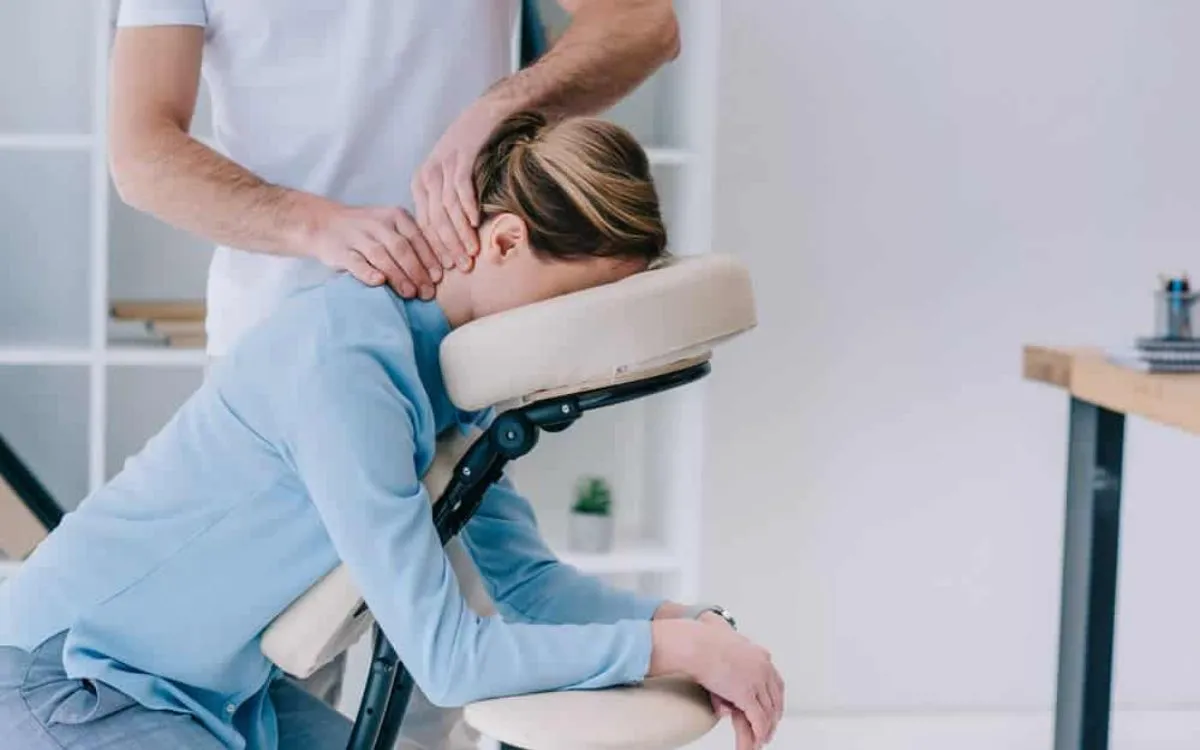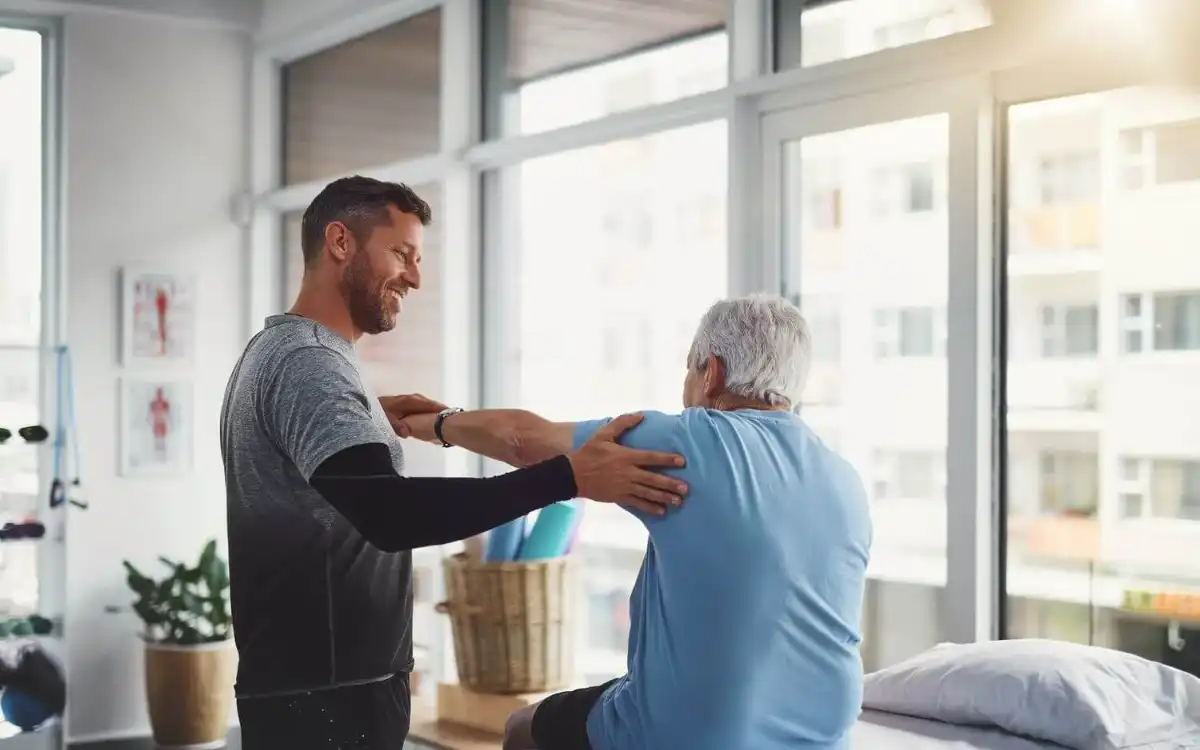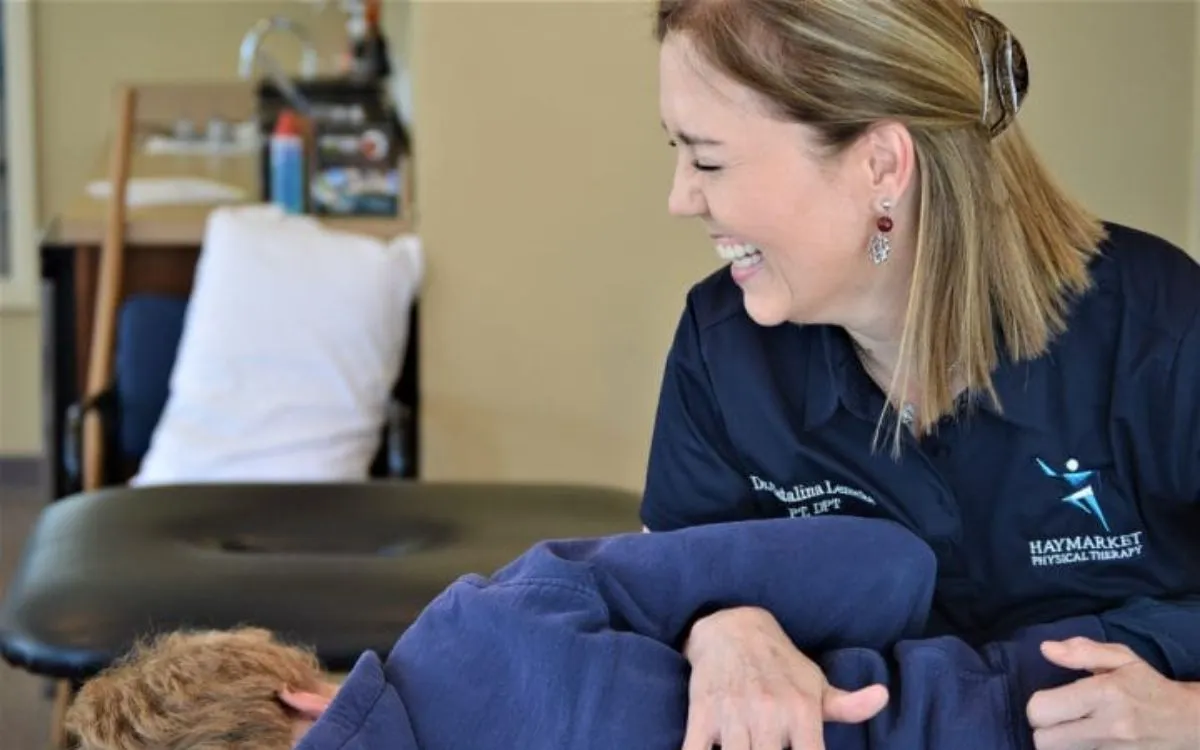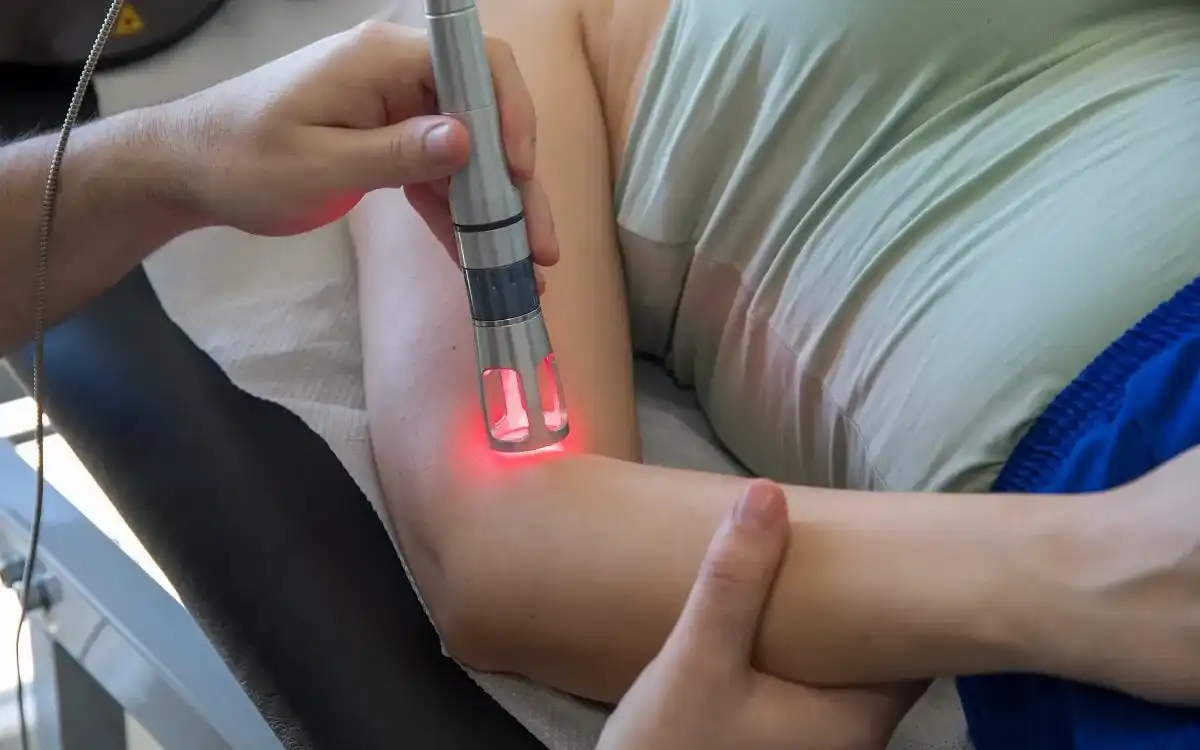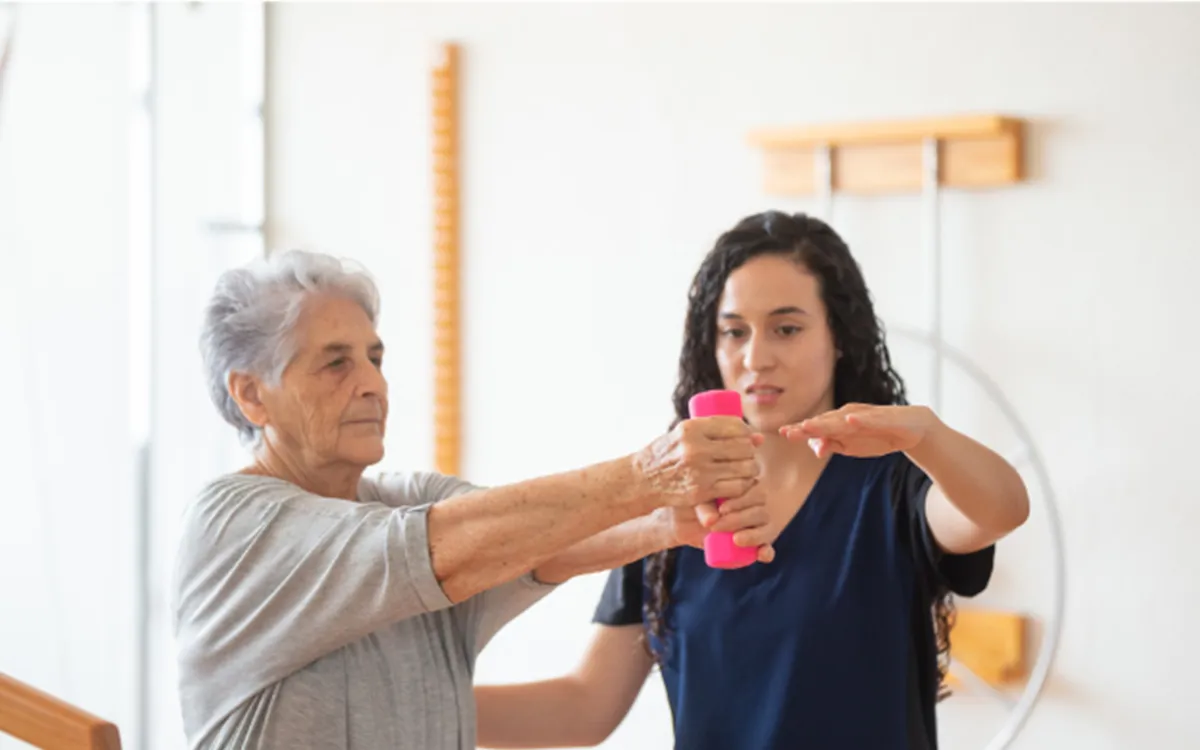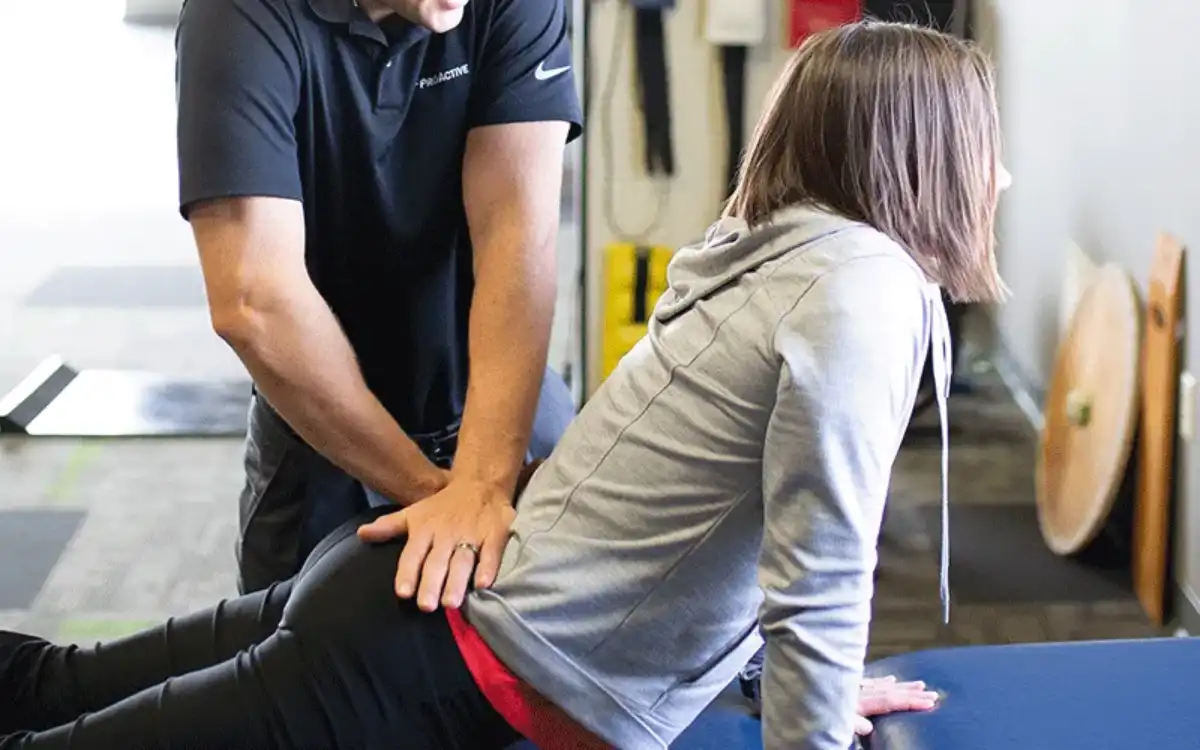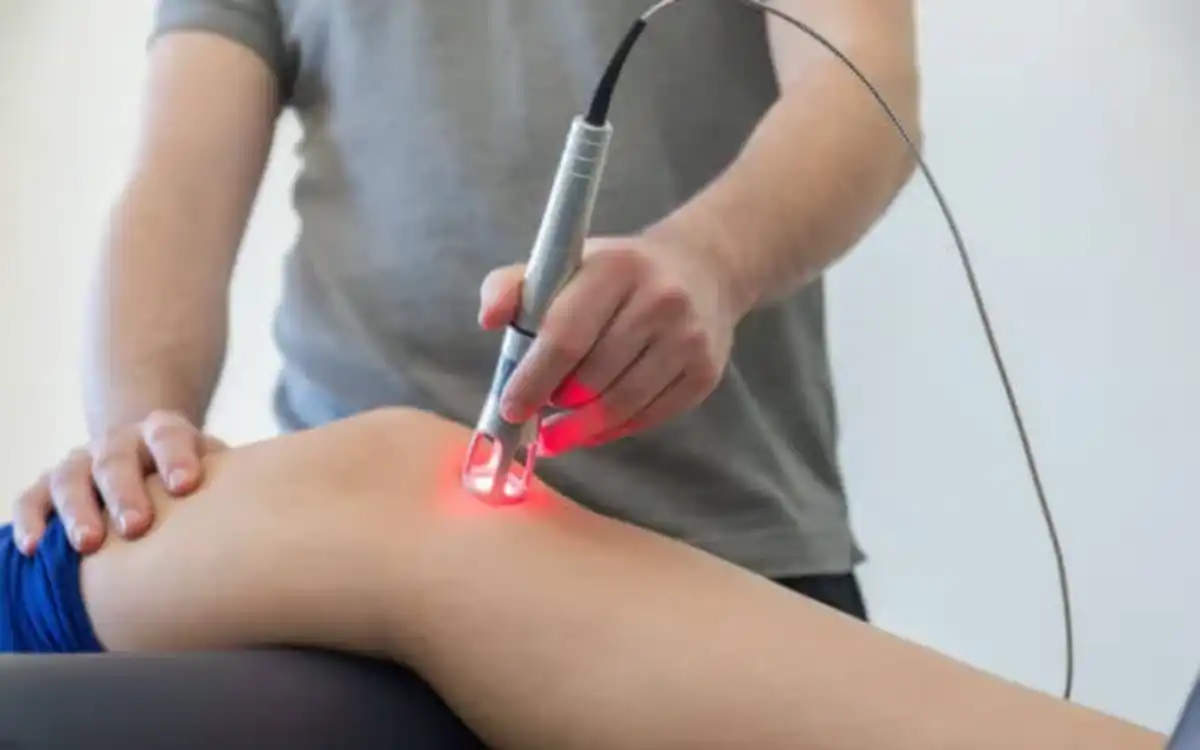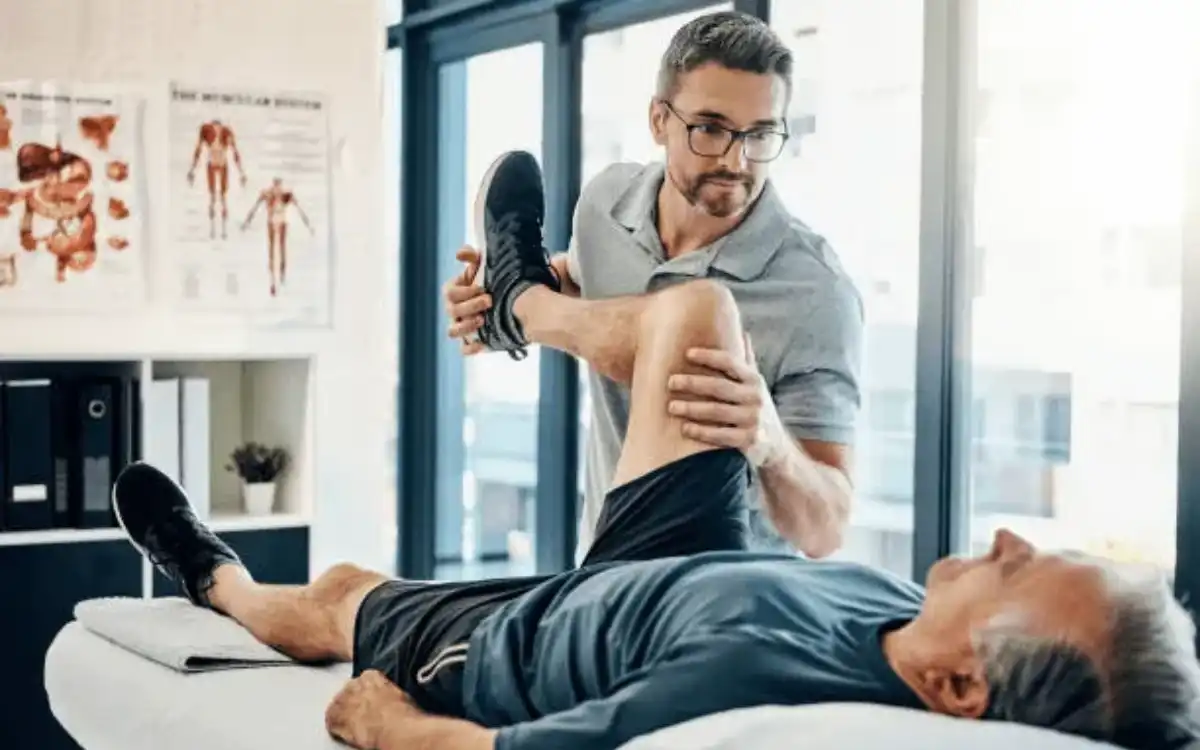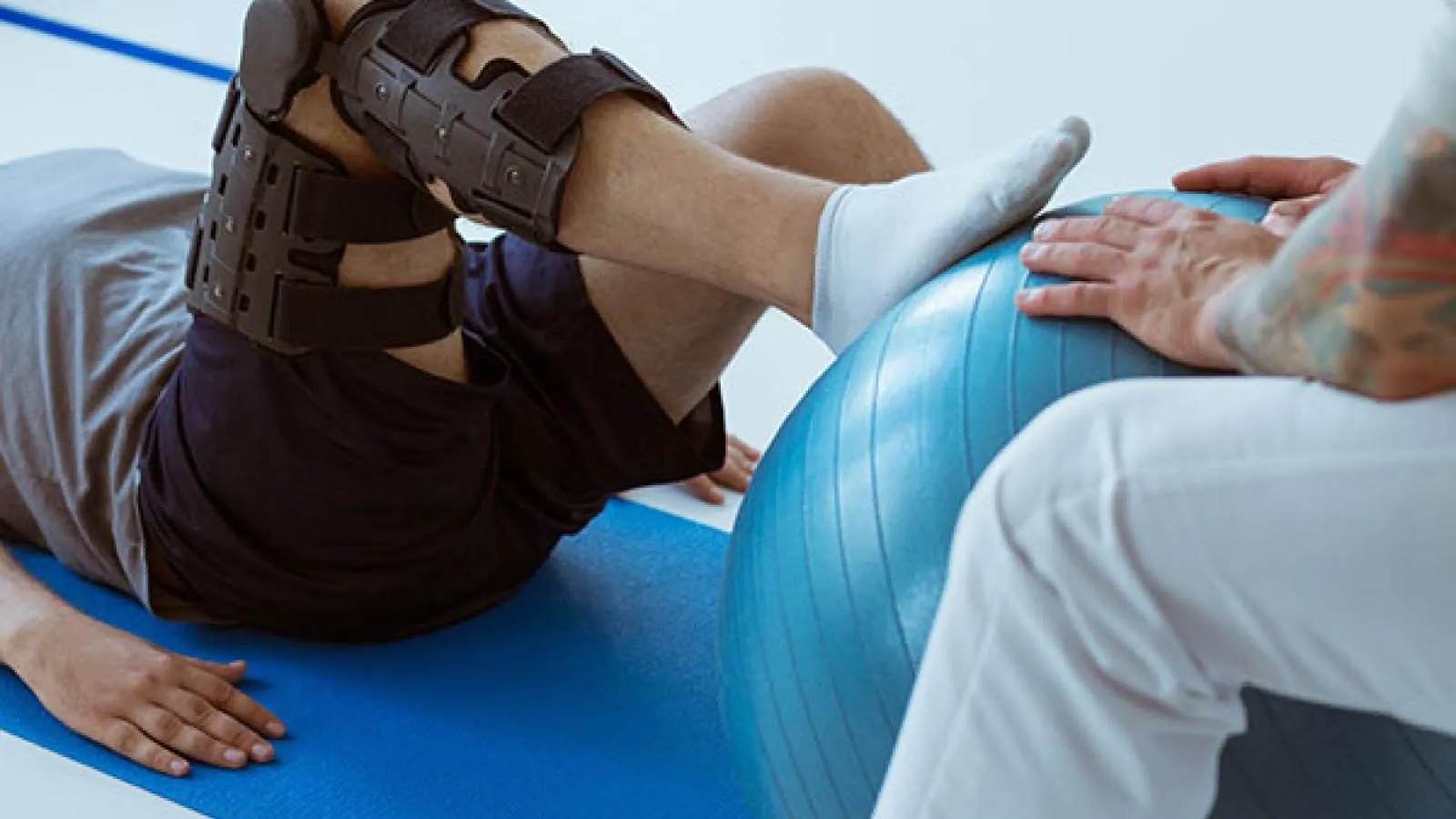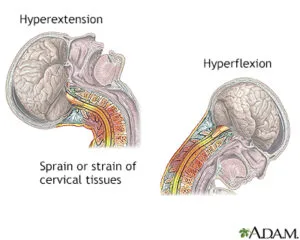OVERVIEW
Neck Pain
Neck pain can be mild enough to be distracting and annoying. It can also be unbearable and incapacitating.
Most neck pain is minor and often caused by something you did. If you hold your head in an incongruous position for too long, the neck joints can “lock” and your neck muscles can become fatigued. Neck pain can be caused by poor postures when working, reading, watching TV, or using a computer.
A persistent or recurring neck pain may indicate something is wrong. More severe pain could be caused by disease, injury (such as whiplash from an auto accident), congenital malformations, or age-related changes. An experienced medical professional should diagnose the root cause of neck pain. A medical professional will examine you and diagnose the problem. The treatment of a physical therapist can help to relieve pain quickly or make it more manageable over time.
Who suffers from neck pain?
Nearly everyone has experienced some neck pain or stiffness in their lives. Your head is balanced on your spine because you stand upright. The average head weighs between 10 to 15 pounds. Poor postures and long periods of inactivity can cause strain on your neck and muscles supporting your head. This can cause strains and sprains to the ligaments supporting your neck and head.
Osteoarthritis is the process of our joints becoming less flexible as we age. The discs in our spines also dry out and become flattened, which loosely refers to Degenerative Disc Disease. Sometimes, pain radiates to the top of your shoulders or between your shoulder blades. Radiculopathy is a condition where a pinched nerve can occur. You may feel tingling, pain and/or numbness radiating into your arm, forearm and hand. Permanent pain should always be seen by a doctor. A trained physical therapist can help you.
TREATMENT
Possible Treatments
- Aerobic/Endurance Exercise
- Core Strengthening
- Cryotherapy or Cold Therapy
- Electrotherapeutic Modalities
- Heat Pack
- Isometric Exercise
- Neck Active Range of Motion
- Neck Joint Mobilization
- Neck Passive Range of Motion
- Neck Resistive Range of Motion
- Neck Traction
- Posture Training
- Proprioception Exercises
- Physical Agents
- Stretching/Flexibility Exercise
GOALS
Possible Treatment Goals
- Decrease Risk of Reoccurrence
- Improve Fitness
- Improve Function
- Optimize Joint Alignment
- Improve Muscle Strength and Power
- Decrease Nerve Compression
- Increase Oxygen to Tissues
- Improve Proprioception
- Improve Range of Motion
- Improve Relaxation
- Self-care of Symptoms
- Improve Tolerance for Prolonged Activities


